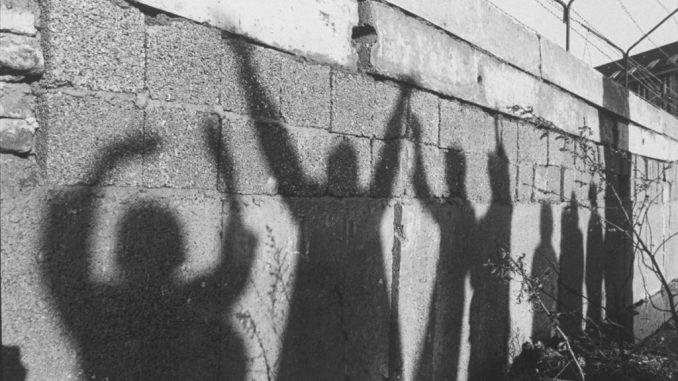
Throughout history, walls have played a significant role in shaping our world. From the battlements surrounding ancient cities to the bright lines dividing nations, these structures have been a constant presence in our lives. However, while walls might provide us with a sense of geographic and metaphoric certainty, the relationship between people and these structures is often more complicated than it appears.
Walls are not just physical structures. They can also be metaphorical, representing societal and cultural divisions that separate people. The notion of “us vs. them” has been reinforced by such walls, leading to conflict and discrimination.
For those living along the US/Mexico border, the hardening of this boundary has brought about changes that have both increased security for some and created more uncertainty for others. Similarly, the wall built by Israel to combat terrorism has instead become a symbol of oppression and occupation for Palestinians. And, while the Berlin Wall was once a source of tension between capitalist and communist leaders, everyday Berliners mourned the families they could no longer see.
Despite the origins of walls and borders, the stories they tell about those who live in their shadow are real. From the Great Wall of China to the Israel/West Bank barrier, Breaking Barriers: Walls Throughout History provides insight into the history and significance of these imposing infrastructural elements.
Companion Program:
Berlin: Before and After the Wall Fell with Russell Baldner
For more information, please visit www.gahc.org